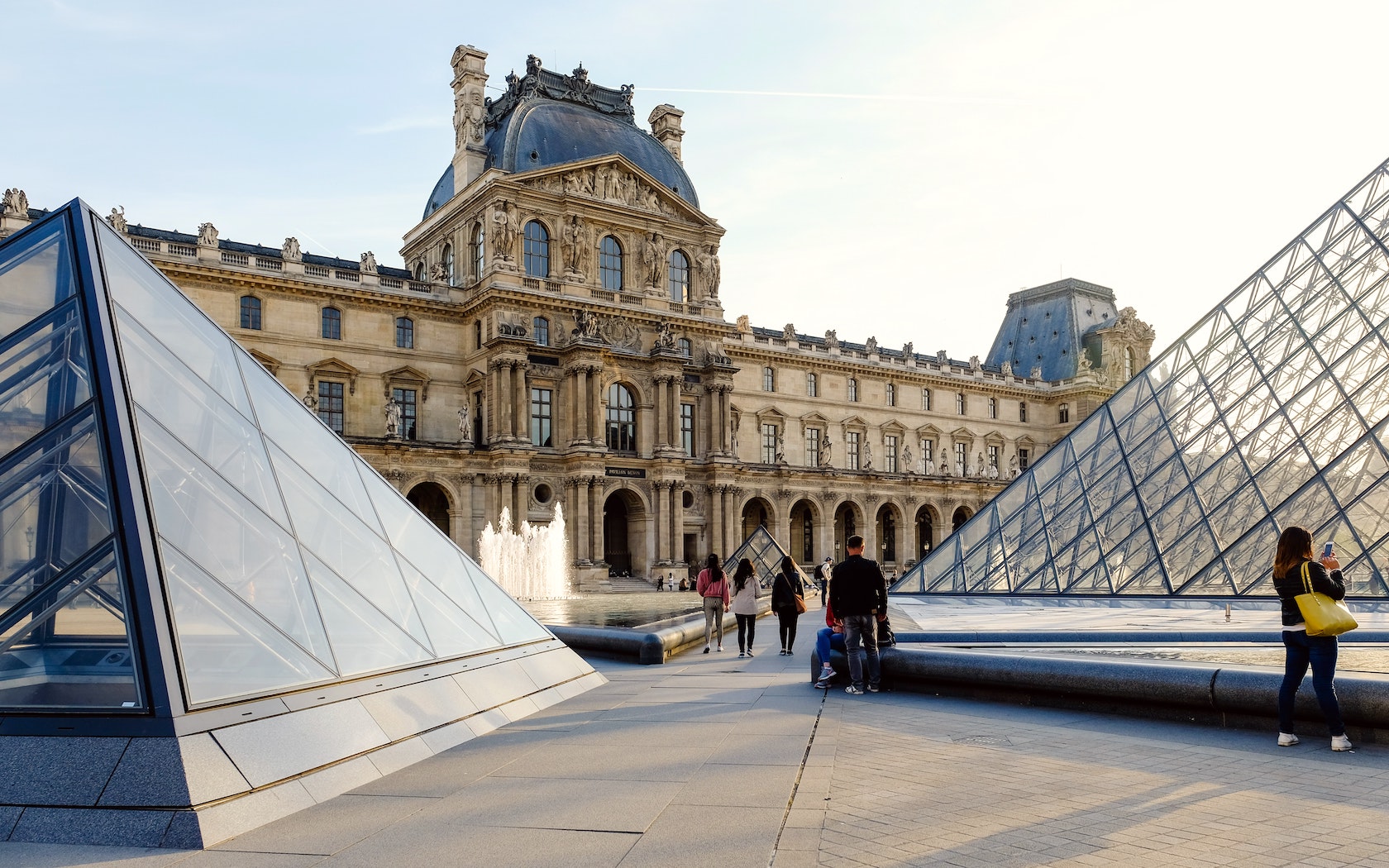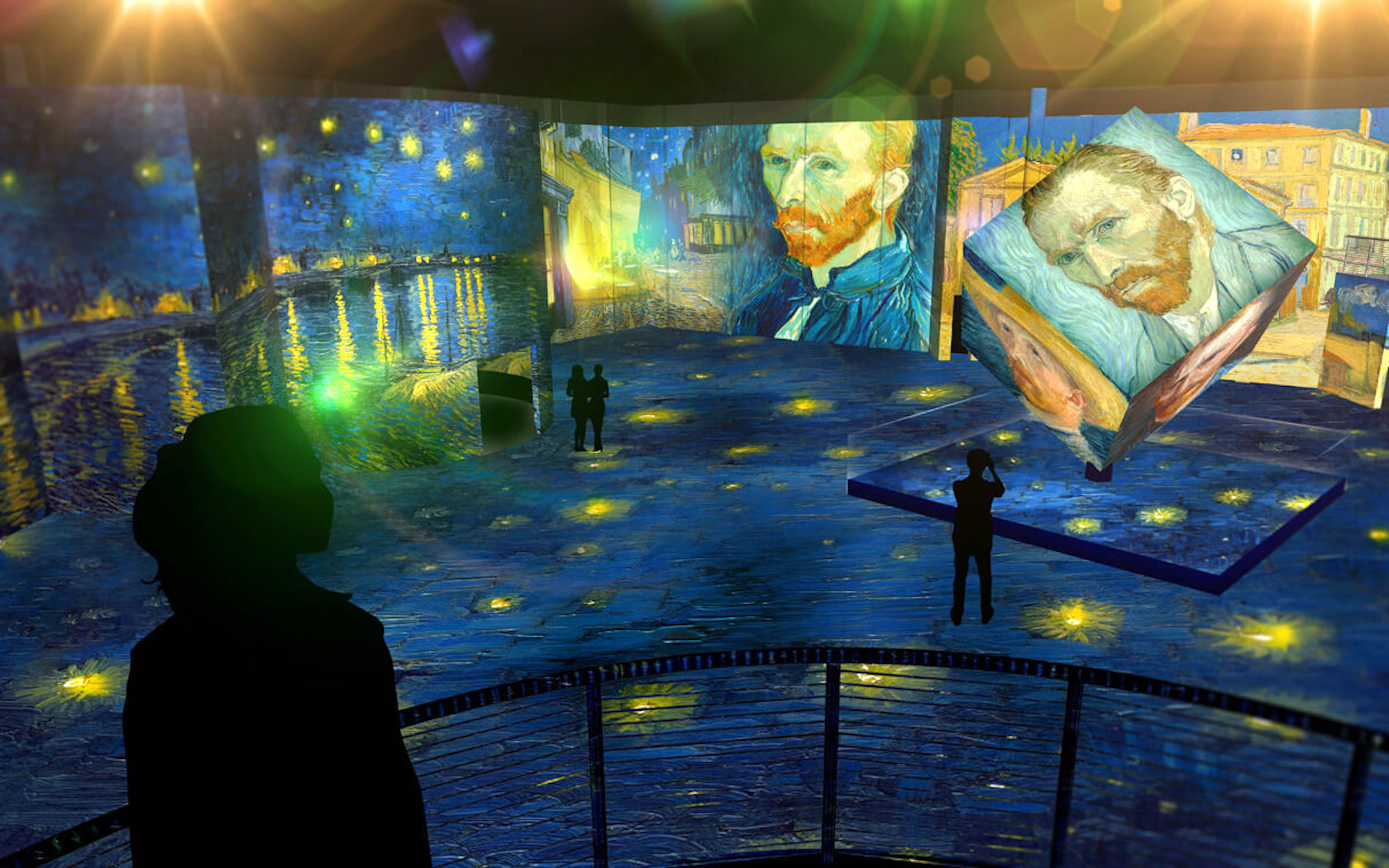5 Museums That Are Actually Heaps Of Fun
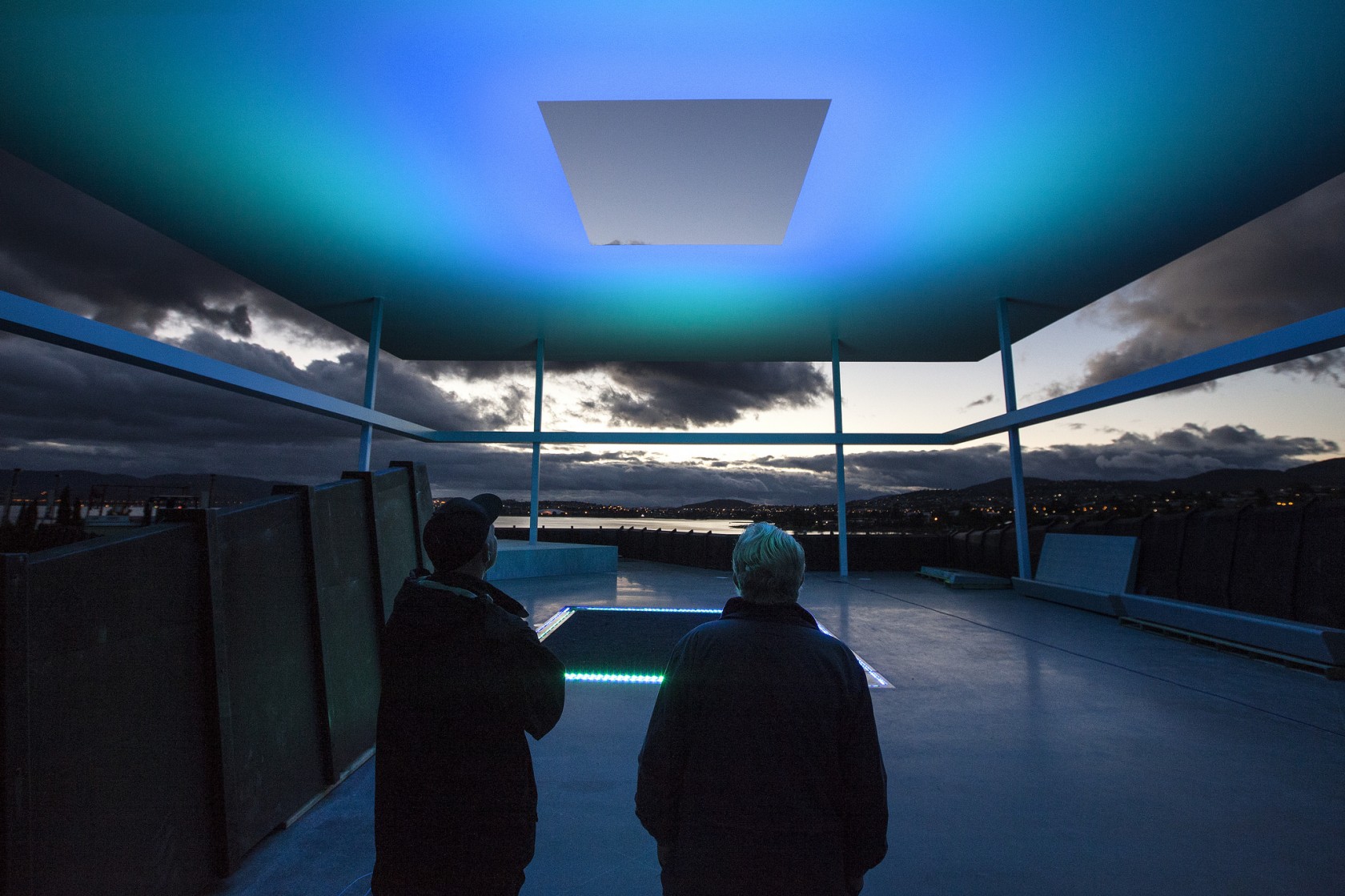
Garry Westmore is a Melbourne based writer who has travelled…
It’s easy to think of museums as stuffy places; huge indoor expanses where you shuffle around quietly, stifling coughs or sneezes lest you be reprimanded for breaking the reverential silence. But that idea is becoming just as antiquated as the items museums like that house; and as the spaces have become more progressive and more interactive, so too has the concept of the museum; what they can be, and what they can engage with. There are museums out there that are far less linear in how they observe history, far less prescriptive in how they look at art, and engaging with concepts and the human condition rather than simply time periods or artefacts. These are the museums that are changing our understanding of museums.
#1 The Museum of Broken Relationships
Where: Zagreb, Croatia
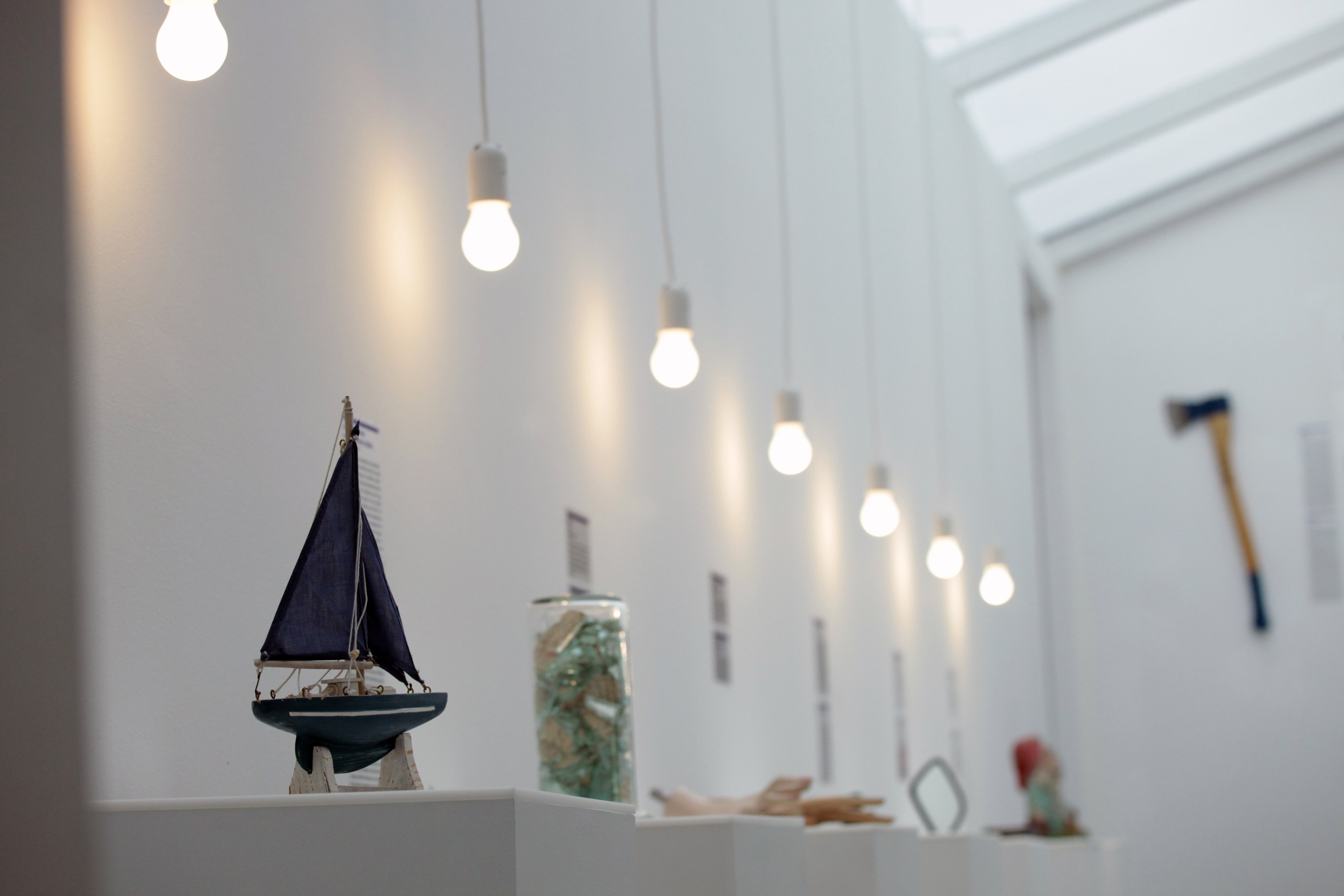
Located in Croatia’s quaint capitol, the Museum of Broken Relationships is a short funicular ride (literally, it’s the world’s shortest) into Zagreb’s Upper Town area – and at the risk of sounding clichéd, it’s like no other museum you’ve ever been too. The ‘artefacts’ in this museum are personal objects donated by people from Croatia and around the world – items significant to the donators, as they are symbolic of a broken relationship. Though most are emblematic of lost loves, there are also numerous items showcasing the loss of political or religious faith, or the loss of a family member.
Accompanied by write ups from the original owners that vary from brief, one line explanations to short personal essays, the experience of taking in MoBR’s artefacts (including items like an axe used to break up an ex’s furniture, an iron used on a wedding suit, and a stuffed toy belonging to the museum’s founders who themselves are former lovers) gets you very much contemplating your own relationships alongside those who have donated, creating a unique and cathartic experience.
#2 The Museum of Old and New Art
Where: Hobart, Australia

If you’ve yet to visit Hobart and you live within cooee of the Apple Isle, then now is the time. Re-opening in 2011 (it was previously named the Moorilla Museum of Antiquities), MONA; in design and in abstract, is conceptual and subversive both inside and out. It’s the brainchild of Tasmanian millionaire David Walsh, a professional gambler who amassed millions playing (and beating) the odds, along the way accumulating one of the world’s most enigmatic private art collections. The space itself is confounding; its exterior is monolithic yet somehow manages to sneak up on you as you approach by ferry up the Derwent River. Inside is like a labyrinth with a variety of display spaces that range from huge and cavernous, industrial and cold, claustrophobic and disorienting, and light and comforting.
MONA’s ‘permanent’ exhibition is ever evolving, therefore it can be hard to say what to expect exactly, but current highlights include James Turrell’s Amarna which is described by MONA as ‘kind of like what God would do if He decided to build a gazebo’, and Greg Taylors C**ts … and other Conversations, a collection of 150 cast moulds of women’s vaginas. There’s even art in the car park, with a car wedged between two converging concrete walls, crashed there by Swiss artist Roman Signer the day of MONA’s grand opening. It’s a wild ride, and depending on how you look at it, MONA could either be the corruption of all that is holy about art and how it’s presented, or a subversive and genius approach to crafting an art museum.
RELATED: HOW MONA CHANGED TRAVEL TO TASMANIA
#3 The Museum of Everything
Where:Britain

More a travelling caravan than a museum, the Museum of Everything has no fixed address and no permanent exhibition. ‘Everything’ might be too broad a term, so to be more specific it’s a museum that celebrates ‘outsider art’ – a sort of non-movement that typically refers to artists that don’t or didn’t operate within the traditional art circles, were never Art students of any kind, and in many cases, never made any concerted efforts to break into such circles.
The Museum of Everything puts these artists front and centre, whether through retrospectives of people like Carlo Zinelli – a schizophrenic Italian artist discovered in a mental asylum – or local (and still breathing) artists invited to contribute to exhibitions once the museum’s travelling caravan rolls into town.
Though the Museum of Everything’s spiritual home is London, it has brought its ever-changing exhibition to Paris, Moscow, Turin and Venice. It not only challenges our understanding of museums due to its nomadic nature, but also forces art critics and punters into a discourse regarding what art is, and in turn, what – or who – we consider to be artists.
#4 MoSex
Where: New York City, USA
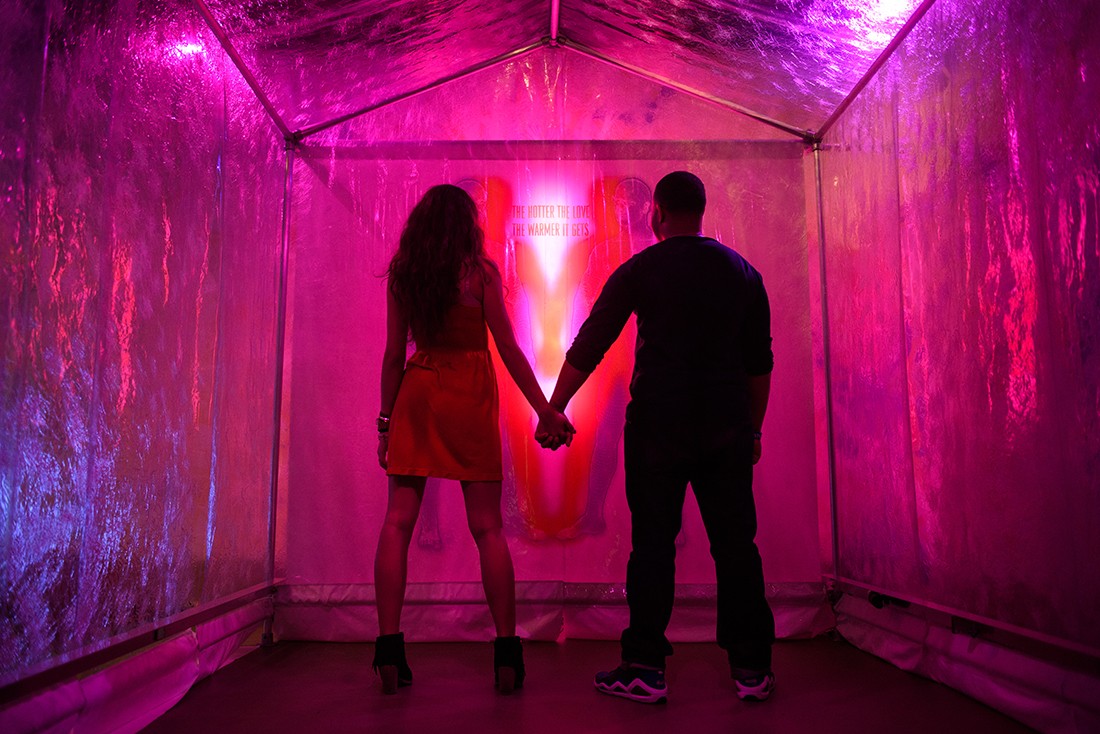
If the quality of a museum can be gauged by how much controversy it attracts, it’s fair to say the Big Apple’s MoSEX (Museum of Sex) is pretty bloody great. One Catholic Leader dubbed it a “museum of smut”, and the New York State Board of Regents refused founder Daniel Gluck’s 2002 application to have its status listed as a non-for-profit, as they believed it made a mockery of the very concept of museums.
And that’s why it’s so great, because sex, sexuality and gender is often given a wide berth in your atypical museum. It also explores the wide variety of sexual preferences, subcultures, and gay and lesbian history. Plus, any place that the New York Times describes as ‘a Willy Wonka sex dream’ must be good.
Like all good museums though, MoSEX has both a permanent exhibition and temporary ones. Currently it’s exhibiting Hardcore: A Century and a Half of Obscene Images which includes early pornographic images, as well as sculpture filled exhibition exploring the Sex Lives of Animals. A must-see if you find yourself in NYC.
#5 Tenderloin Museum
Where: San Francisco, USA
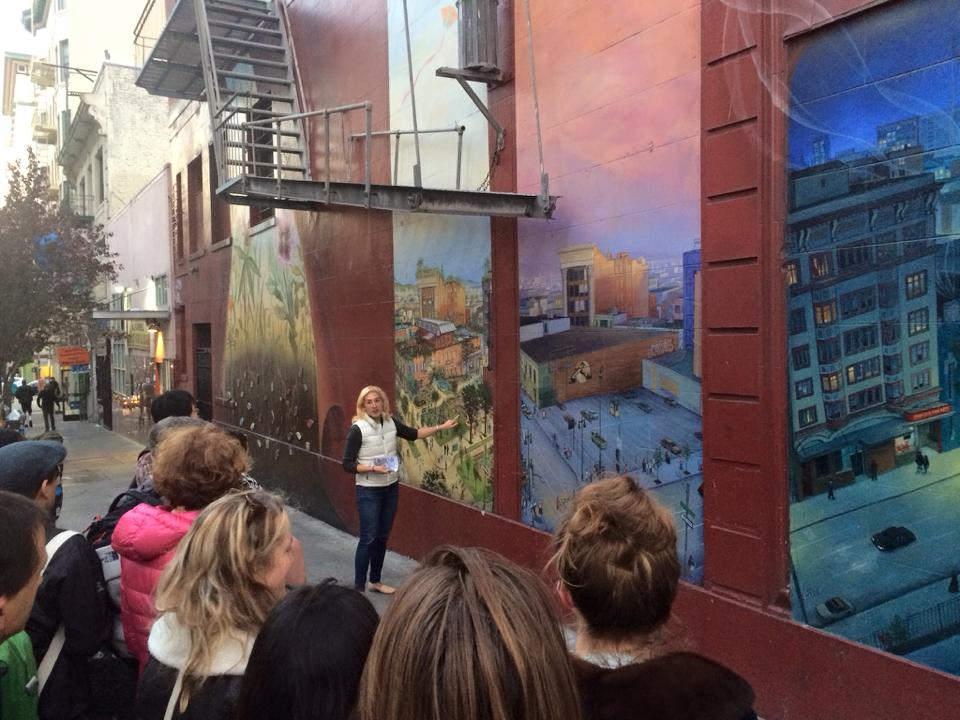
Most information is contained within a museum’s walls, but San Fran’s Tenderloin Museum takes visitors far outside of them. A local history centre of sorts, this museum gets visitors to stop by and spend time within the museum’s 3200 square foot surrounds before taking punters out through San Fran’s downtown Tenderloin neighbourhood, famous for its anti-establishment politics, to experience the locations and the landmarks so prominent in the city’s history.
It’s no ‘maps to the stars’ type tour however, taking in the gambling dens frequented by San Fran’s sordid types, the single room occupancy hotels where Muhammad Ali and George Foreman boxed, the studios where The Grateful Dead and Miles Davis laid down albums, and the sites significant to San Francisco’s trailblazing gay and lesbian rights movements.
The Tenderloin Museum’s ethos is that history rarely sticks unless you go out and experience the physical locations that make up that history. Rare too are museums dedicated solely to a section of a city, and even more rare is it for those museums to possess such cultural and social richness.
(Lead image: James Turrell’s Skyspace series; Photo: Mona/Rémi Chauvin)
Garry Westmore is a Melbourne based writer who has travelled extensively throughout North America and Europe. His favourite travel hobby is to suss out obscure movie locations, and he enjoys soaking up local history. He hopes one day to say more than just ‘hello’, ‘goodbye’ and ‘where can I get a good sandwich?’ in a language other than English.







